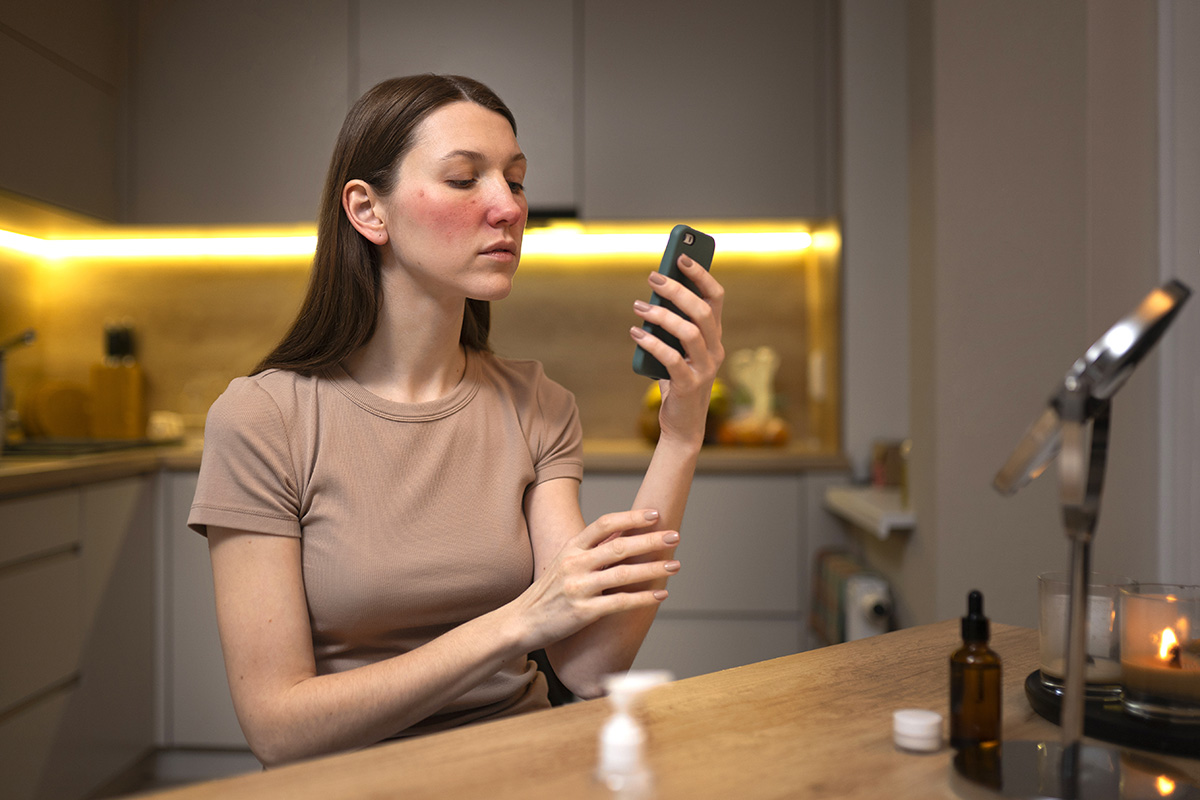A groundbreaking study suggests that artificial intelligence could enable the diagnosis of type 2 diabetes through short voice recordings, potentially transforming how the condition is detected.
Researchers at Klick Applied Sciences have developed an AI-driven model capable of identifying type 2 diabetes by analyzing six-to-ten-second voice samples recorded on smartphones. The study involved 267 participants in India—75 of whom had been diagnosed with type 2 diabetes, while the remaining 192 had no history of the condition. Among them were 79 women and 113 men without diabetes, and 18 women and 57 men with diabetes.
Over the course of two weeks, participants used a smartphone app to record a fixed phrase up to six times daily, resulting in 18,465 voice recordings. The researchers assessed 14 distinct acoustic features to train the AI model.
The analysis found measurable vocal differences between individuals with and without diabetes. For women, the most relevant indicators were variations in pitch. In men, changes in vocal strength or amplitude were more significant. The final diagnostic tool, which also considered body mass index (BMI) for women and both age and BMI for men, achieved an accuracy rate of 0.89 for women and 0.86 for men.
Lead researcher Jaycee M. Kaufman explained that the AI system detects subtle vocal cues—like shifts in pitch and intensity—that are imperceptible to the human ear. Interestingly, these vocal changes presented differently in men and women, with pitch deviation being a stronger predictor in females, while amplitude and pitch irregularities were more telling in males.
Experts believe the link between diabetes and voice changes may be due to physiological impacts of high blood sugar. According to Dr. Ari S. Eckman, an endocrinologist at Holy Name Medical Center in New Jersey, elevated glucose levels can affect the elasticity of vocal cords. Long-term diabetes may also cause nerve damage (peripheral neuropathy), which can alter vocal strength and tone. Additionally, muscle damage (myopathy) associated with diabetes may weaken the larynx, increasing the likelihood of voice disorders.
Currently, the standard methods for diagnosing type 2 diabetes require blood tests, such as hemoglobin A1C (HbA1c) levels, blood glucose checks, or oral glucose tolerance tests. As Dr. Jason Ng, an endocrinologist at the University of Pittsburgh, noted, there are no validated non-laboratory tools for diagnosis—making this AI-based approach a potential first in the field.
Kaufman emphasized the significance of accessible screening, particularly for populations facing barriers to traditional healthcare. The goal is to develop an at-home voice-based screening tool that alerts users to potential risk, prompting them to seek medical confirmation.
Dr. Ng expressed optimism about the direction of such research, stating that simplifying diagnostic processes could benefit patients. Dr. Eckman added that beyond initial diagnosis, the technology could help monitor the health status of individuals already living with diabetes by tracking vocal changes over time.
Kaufman sees this innovation as a step forward in digital medicine, with the potential to reduce the number of undiagnosed cases and address gaps in access to care. “Earlier detection and intervention can make a significant difference,” she said, “and tools like this could reshape the future of diabetes screening.”
